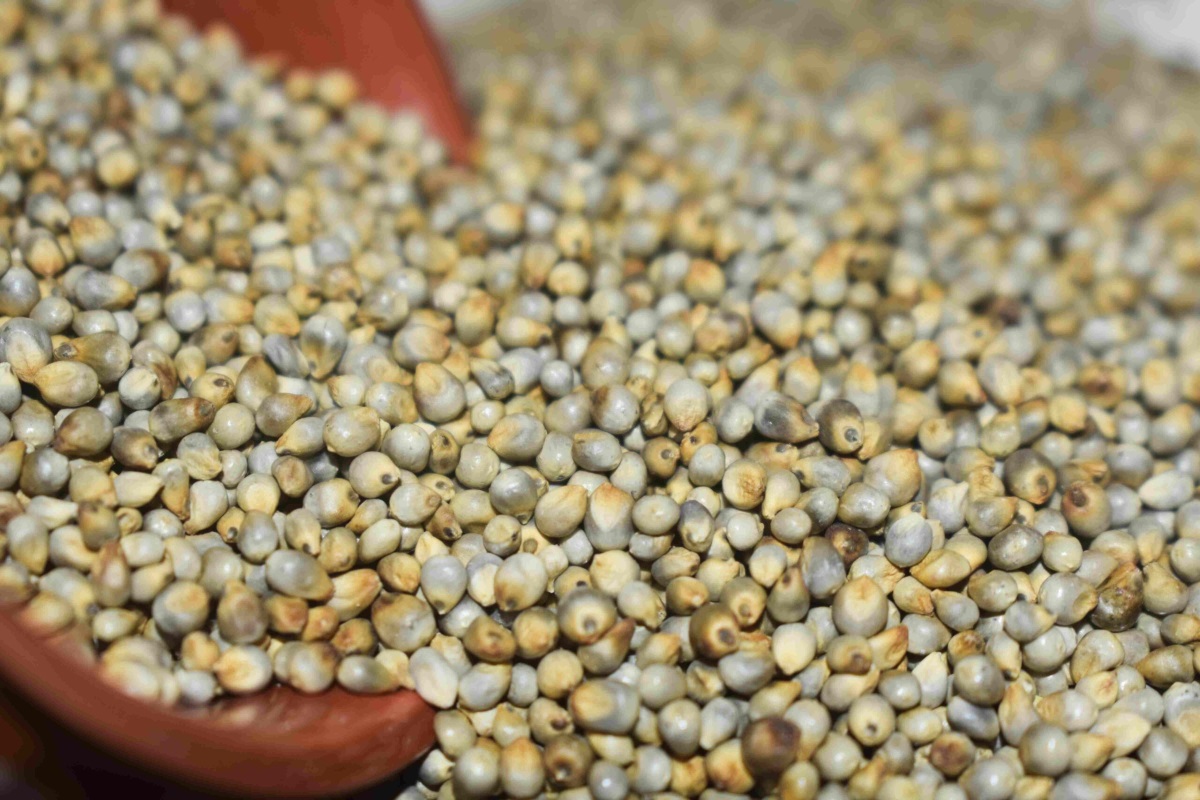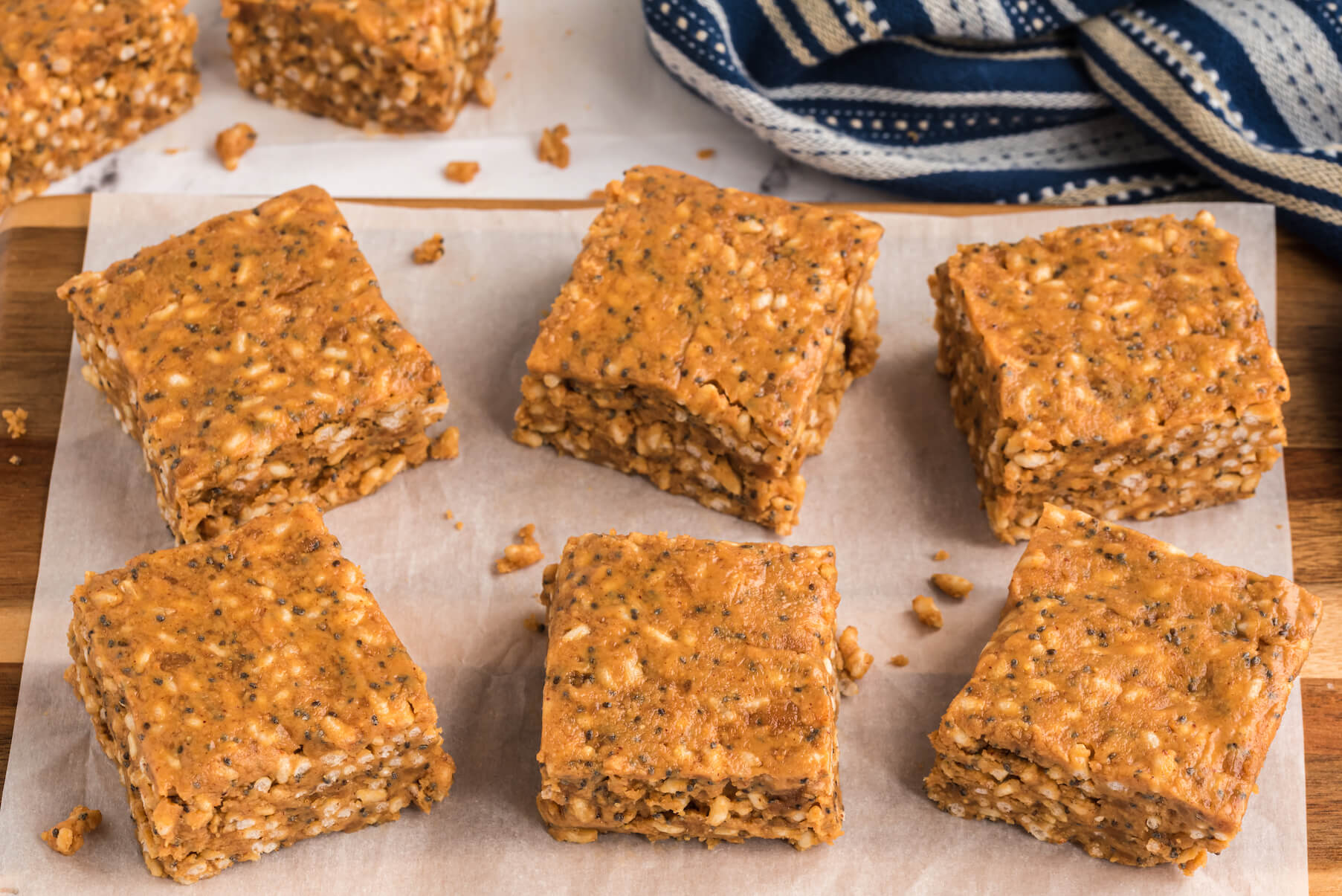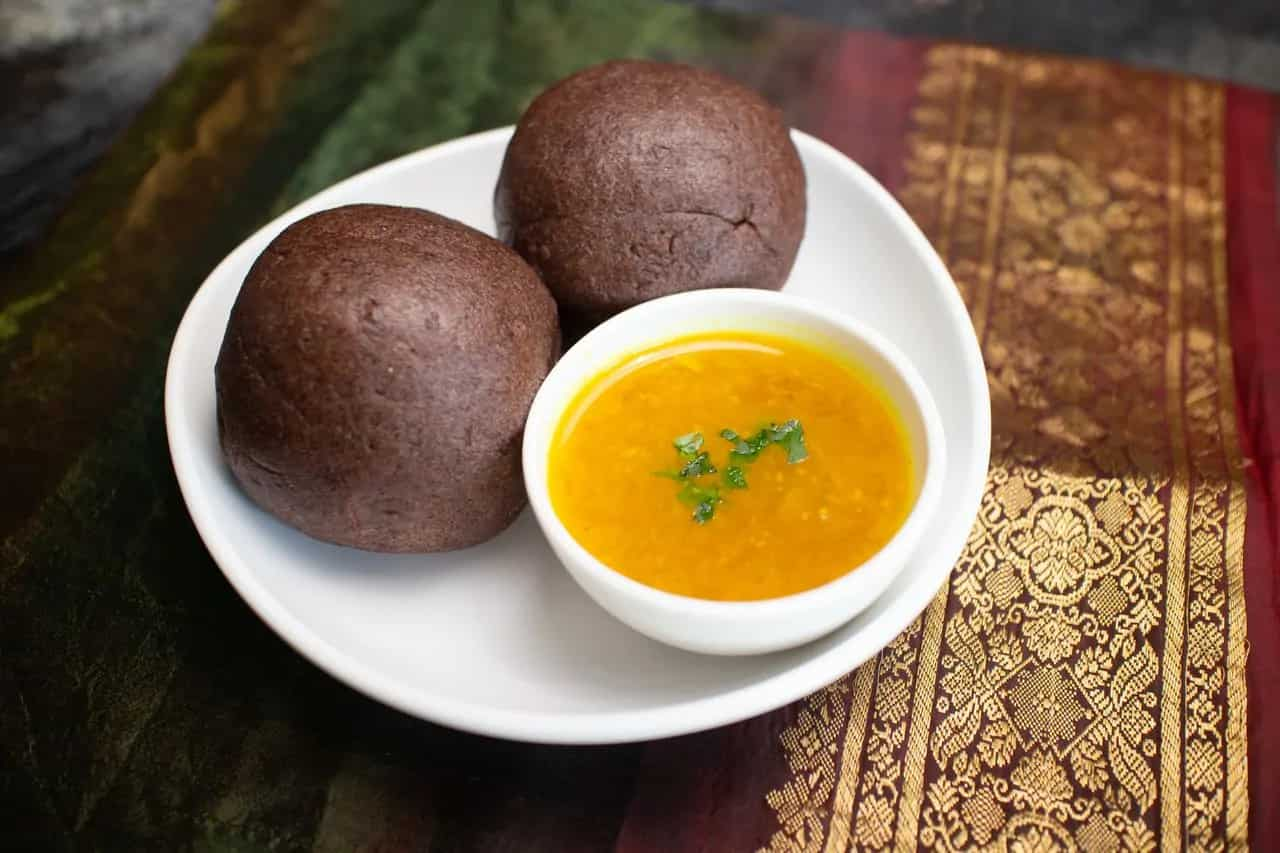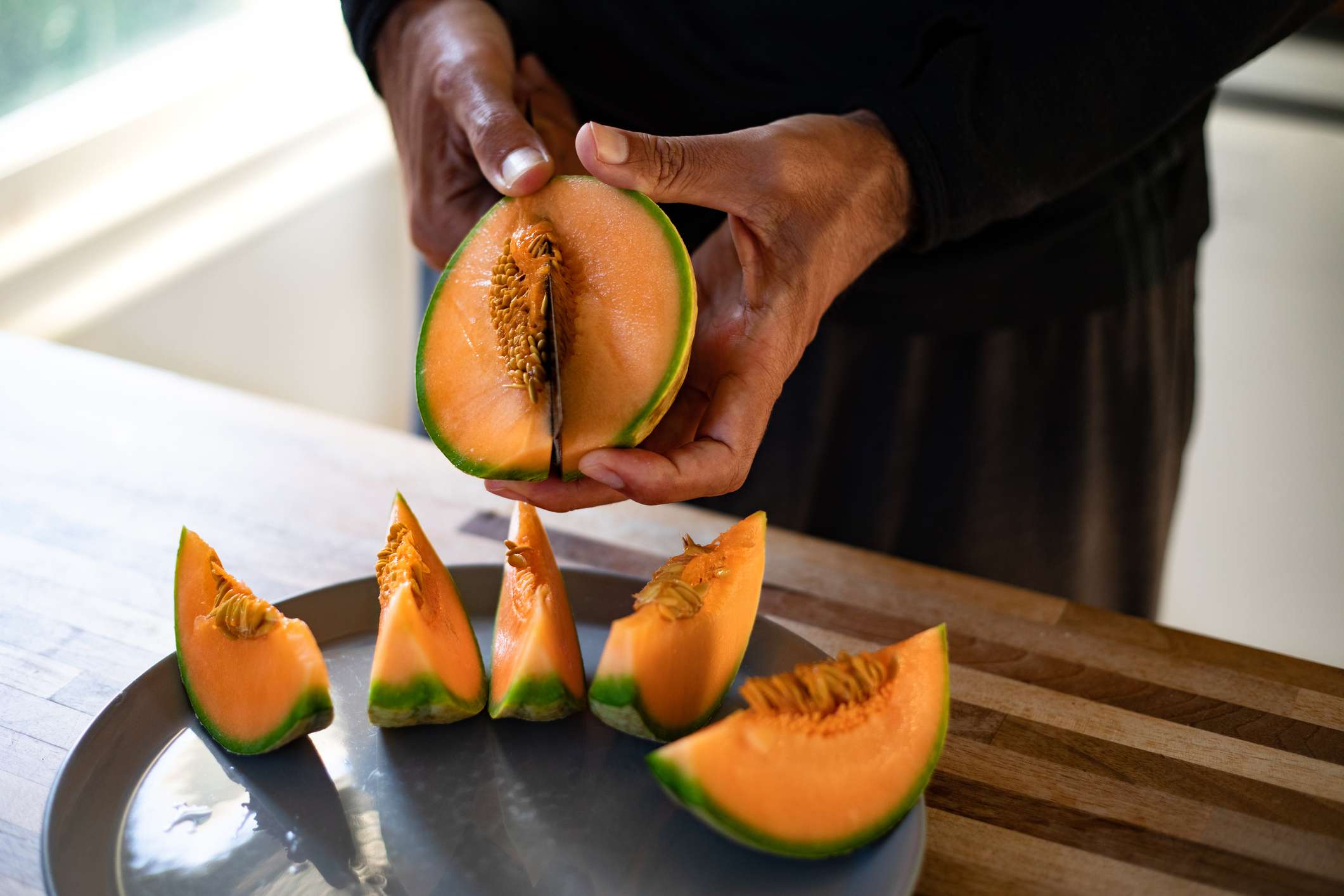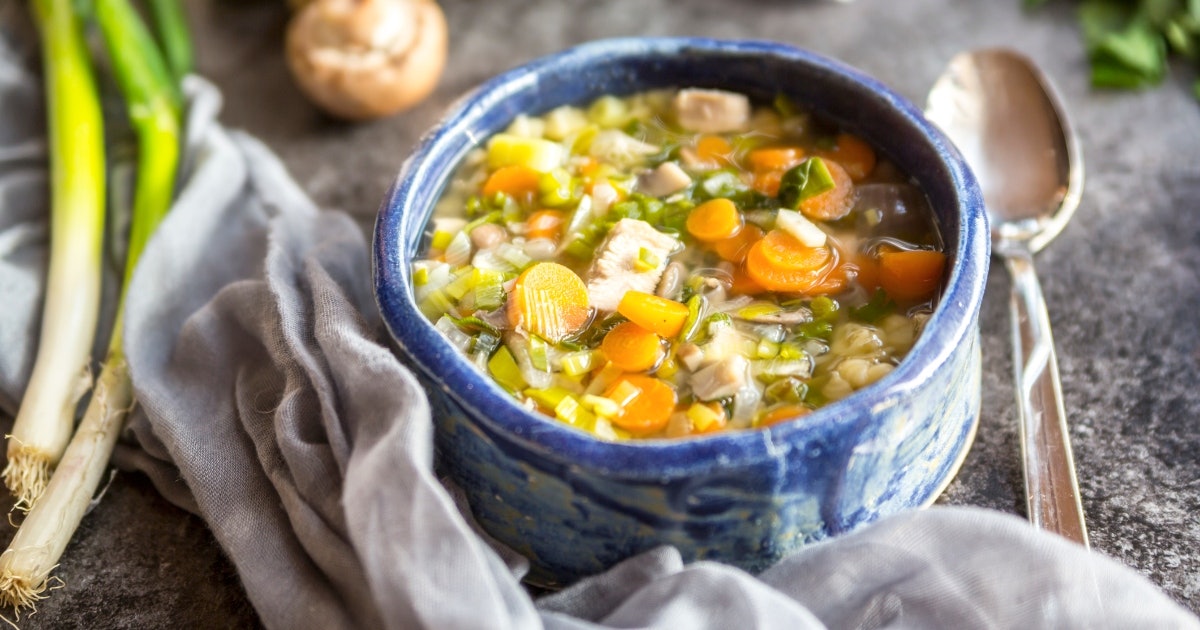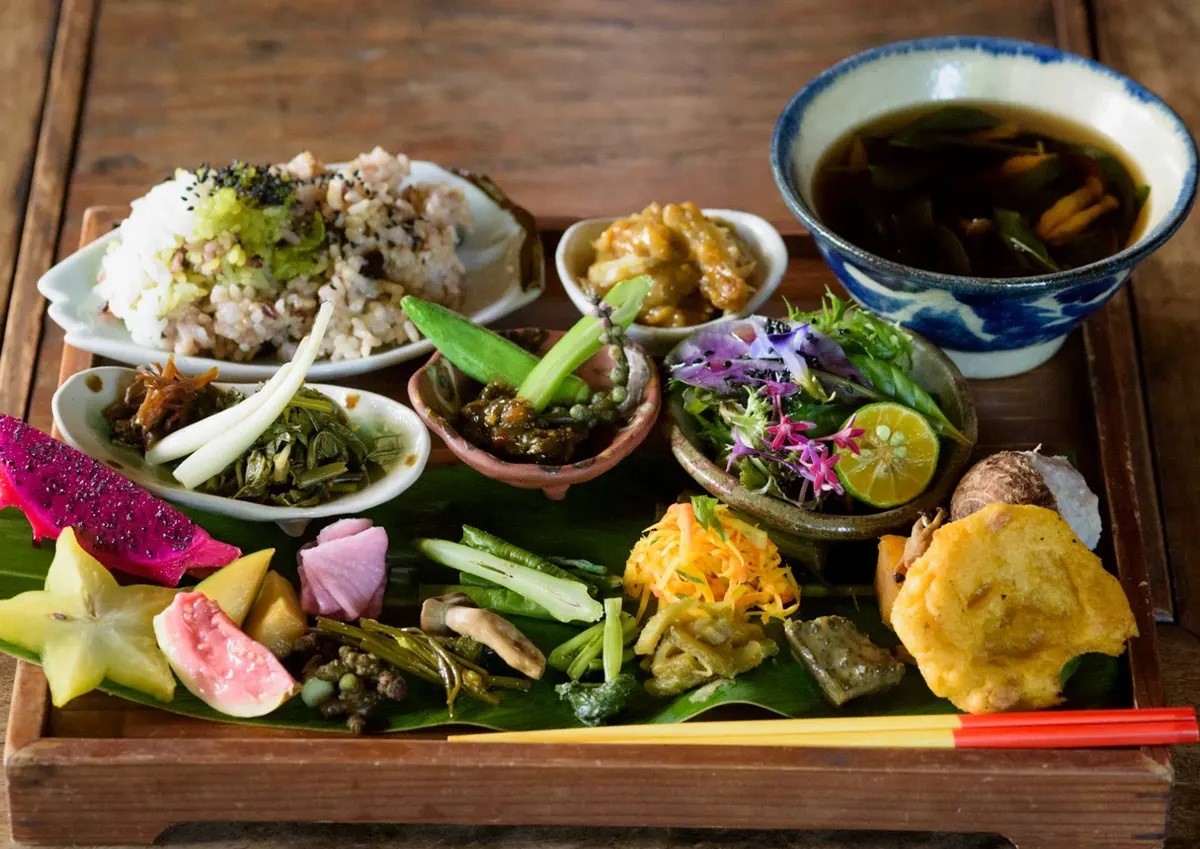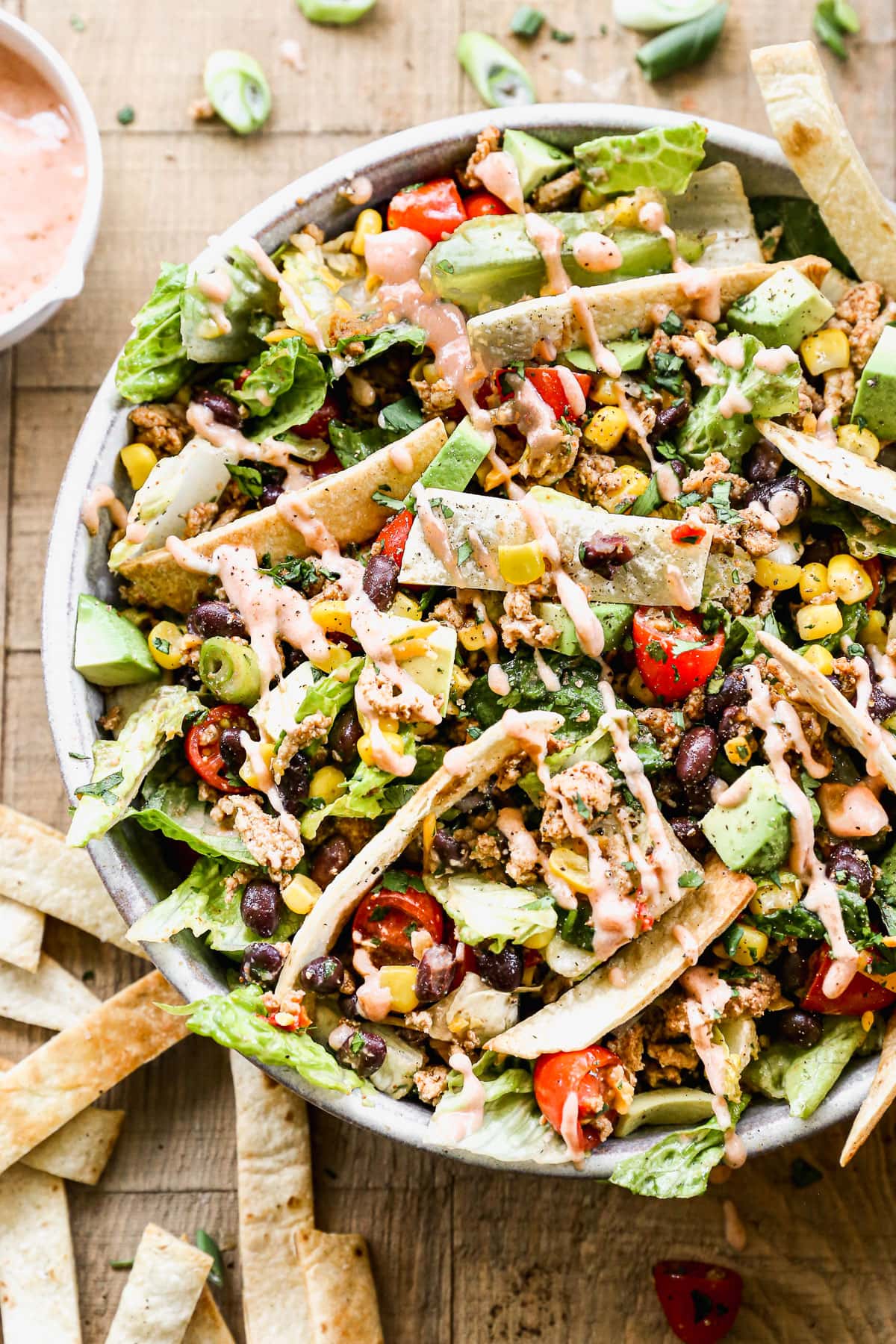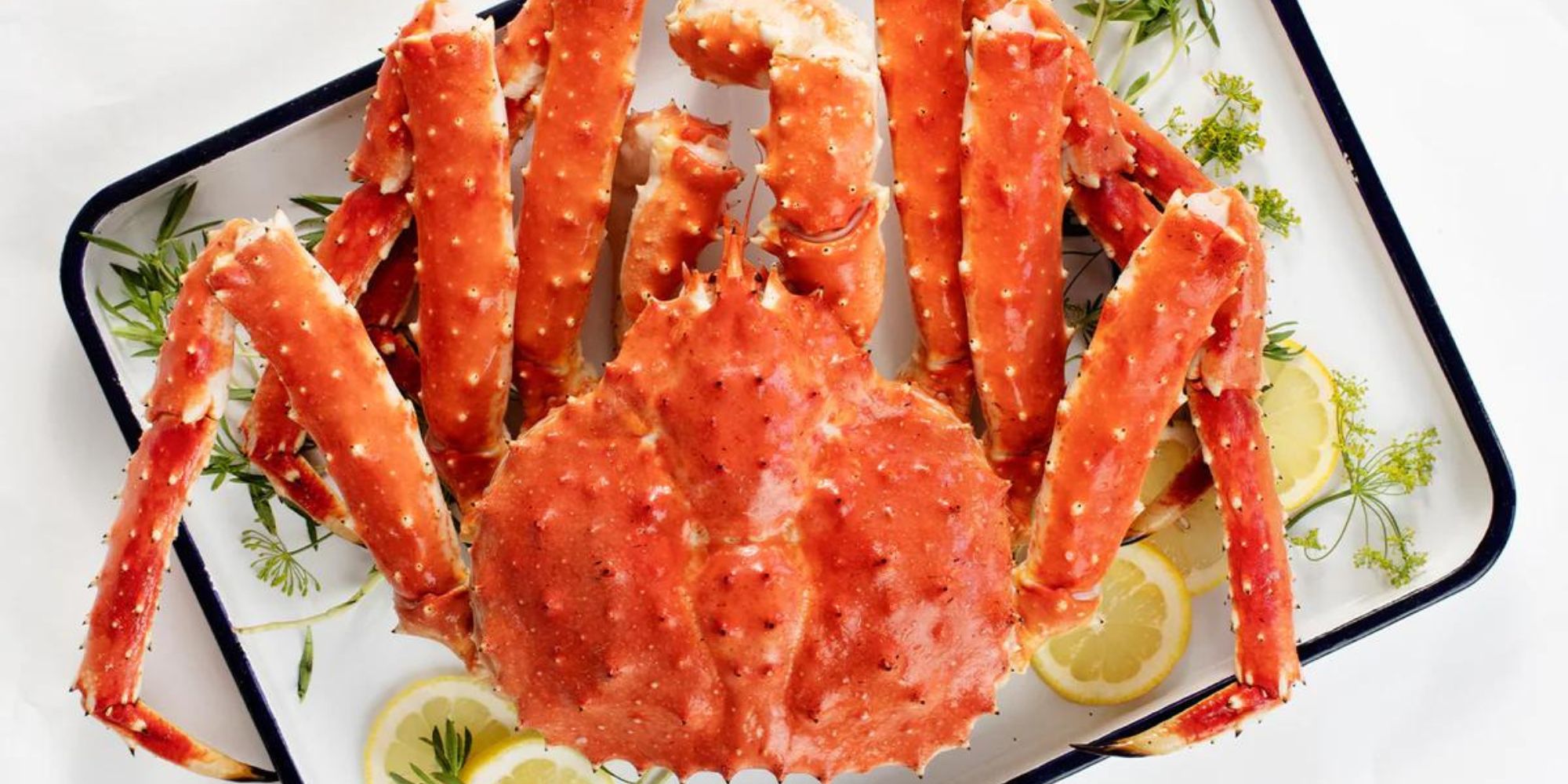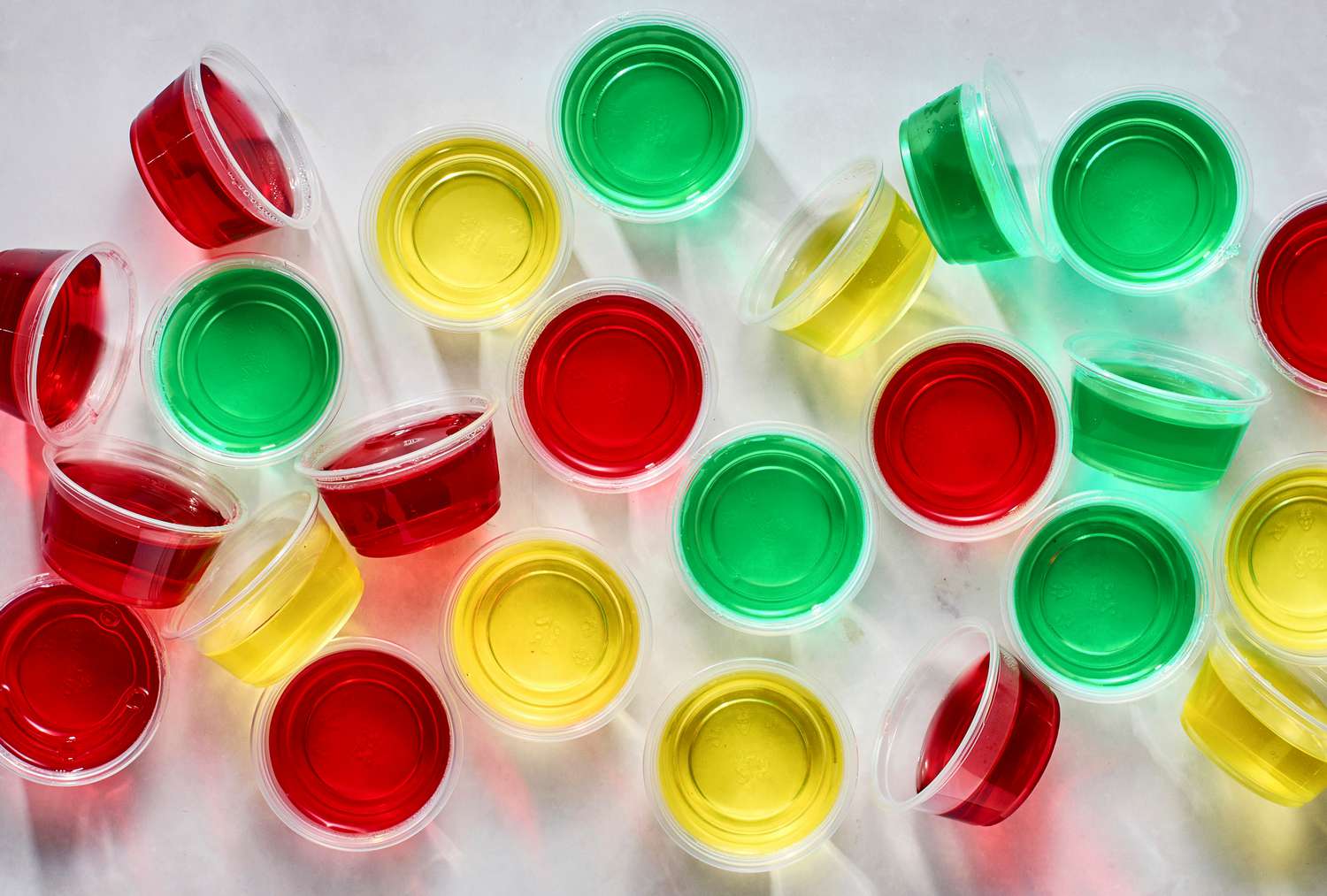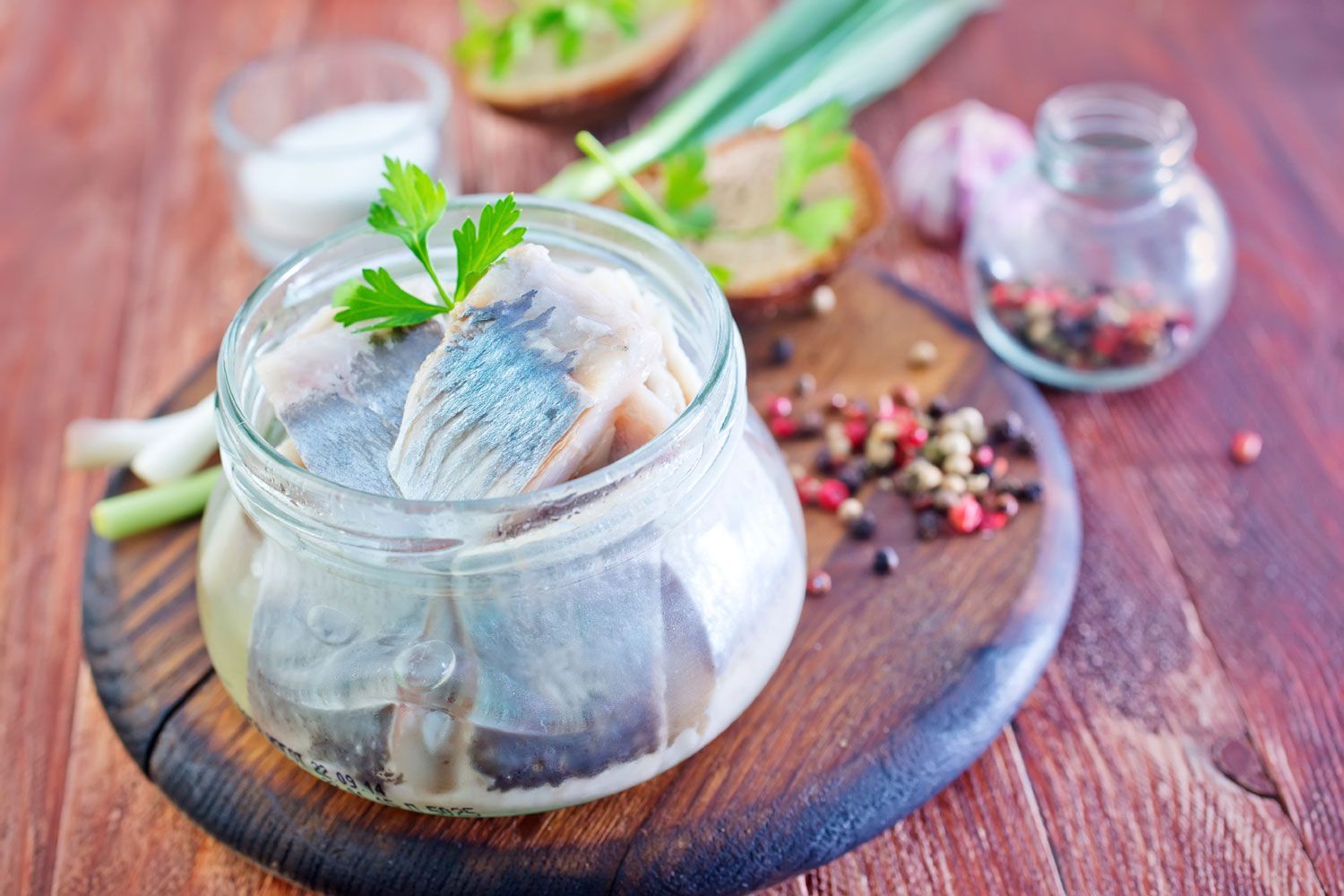Discover the Health Benefits of Millet
If you’re looking for a nutritious and versatile grain to add to your diet, look no further than millet. This ancient grain is packed with essential nutrients and offers a range of health benefits. From supporting heart health to aiding in digestion, millet is a valuable addition to any balanced diet.
Simple and Delicious Ways to Enjoy Millet
Now that you know about the health benefits of millet, it’s time to explore some tasty ways to incorporate it into your meals. Here are some simple and delicious recipes to help you make the most of this nutritious grain:
Millet Breakfast Bowl
Start your day off right with a hearty millet breakfast bowl. Cook millet according to package instructions and top it with your favorite fruits, nuts, and a drizzle of honey for a satisfying and nutritious breakfast.
Millet and Vegetable Stir-Fry
For a quick and healthy dinner option, try making a millet and vegetable stir-fry. Sauté your favorite vegetables in a pan, add cooked millet, and season with soy sauce and a sprinkle of sesame seeds for a flavorful and filling meal.
Millet Salad
Whip up a refreshing millet salad by combining cooked millet with diced cucumbers, tomatoes, and fresh herbs. Toss the salad with a light vinaigrette dressing for a perfect side dish or light lunch option.
Health Tips for Enjoying Millet
When incorporating millet into your diet, keep these health tips in mind to make the most of its nutritional benefits:
- Choose Whole Millet: Opt for whole millet grains rather than processed millet products to retain the maximum nutritional value.
- Pair with Protein: Since millet is a good source of carbohydrates, pair it with a lean protein source like chicken, tofu, or beans for a well-rounded meal.
- Experiment with Flavors: Millet has a mild, slightly nutty flavor, making it a versatile ingredient for both sweet and savory dishes. Get creative with herbs, spices, and seasonings to enhance its taste.
- Control Portion Sizes: While millet is nutritious, it’s important to be mindful of portion sizes, especially if you’re watching your calorie intake.
Conclusion
With its impressive nutritional profile and culinary versatility, millet is a fantastic addition to any healthy diet. Whether you enjoy it as a warm breakfast bowl, a flavorful stir-fry, or a refreshing salad, there are countless ways to savor the benefits of this ancient grain. By following these simple tips and recipes, you can make the most of millet’s health-boosting properties and elevate your meals with its delicious taste.
